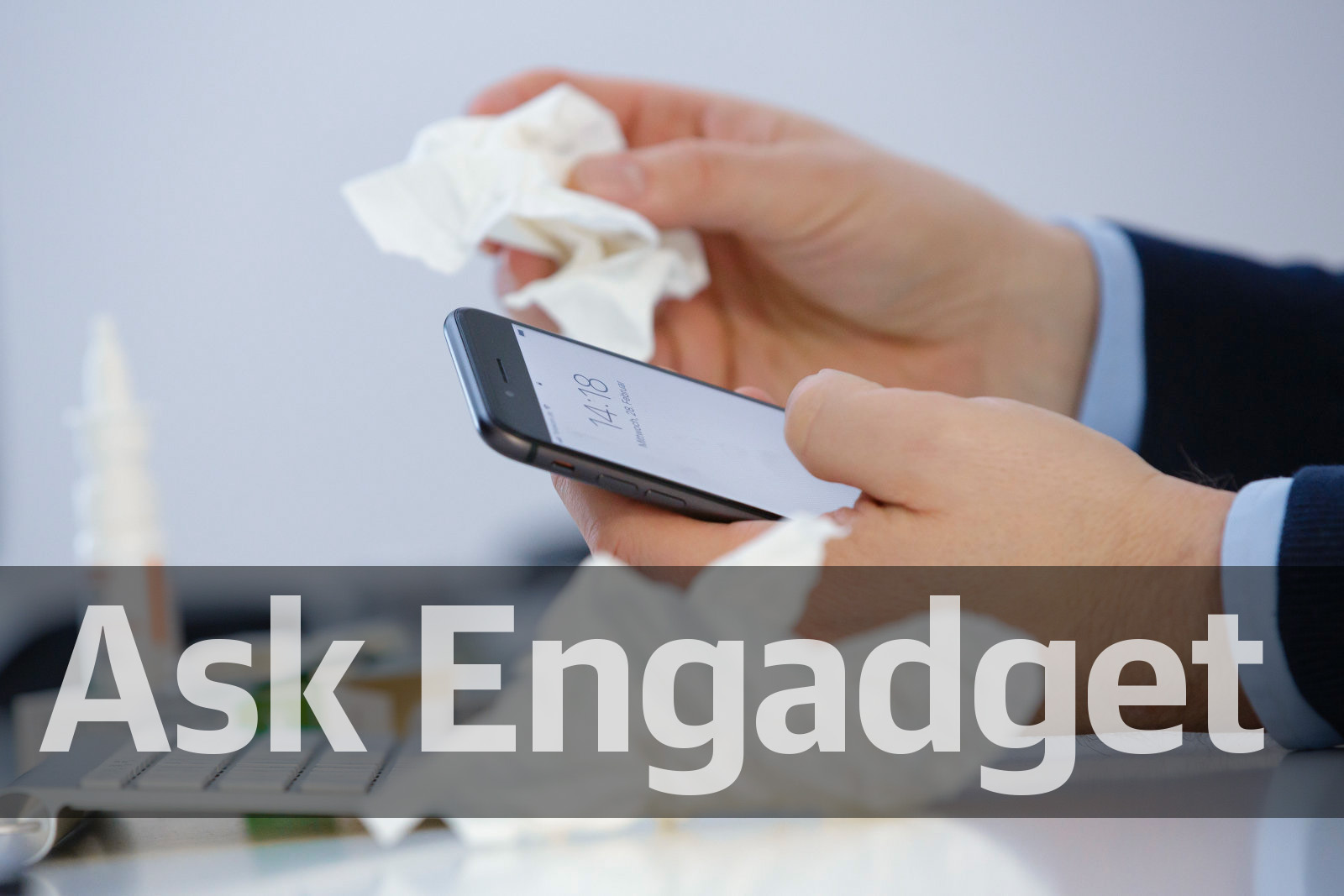 The support shared among readers in the comments section is one of the things we love most about the Engadget community. Over the years, we've known you to offer sage advice on everything from Chromecasts and cameras to drones and smartphones. In fact, our community's knowledge and insights are a reason why many of you participate in the comments. We truly value the time and detail you all spend in responding to questions from your fellow tech-obsessed commenters, which is why we've decided to bring back the much-missed "Ask Engadget" column. This week's question asks about how to keep smartphones squeaky clean and sanitized. Weigh in with your advice in the comments -- and feel free to send your own questions along to ask@engadget.com! I'm a medical student, and I'm in and out of different hospital and clinic rooms. The reality is, students and doctors all have their phones will them pretty much constantly: in pockets, in use throughout the hospital, and with or without gloves on. When I think about it, it actually can be kind of gross. My question is: What smartphones and smartwatches are easiest to clean effectively, or what accessories make it easy to sanitize or otherwise protect them? Of course, it would be nice if they also looked good (because why buy the new iPhone if you're going to put a clunky case on it, right?).
 Cherlynn Low
Reviews Editor It's not easy to determine which smartphones and smartwatches are easiest to disinfect or sanitize effectively, since few of them are built with cleanliness in mind. I will warn you to stay away from some of Huawei's phones, though, since some recent models lack an oleophobic coating on the screen that makes them slightly more susceptible to things like oil or wear. (Meaning you might cause damage by say, scrubbing the screen.) Even with phones from other brands, I'd avoid using anything too harsh. Apple's website says you should avoid using "window cleaners, household cleaners, aerosol sprays, solvents, alcohol, ammonia or abrasives" to clean its products. Plus, oleophobic coatings wear off over time anyway. I'd also recommend avoiding most screen protectors and cases, or phones with removable parts, since the grooves and gaps these cause can easily trap dirt and make disinfecting even tougher. But the tradeoff is your phone will be more susceptible to damage from falls, so you might want to look for a more durable handset. Luckily, there are a ton of accessories to help sanitize your devices. The most intense of these is PhoneSoap, which uses UV-C light to kill germs of your phone. It's a container that bathes your device in rays of UV-C light for about 10 minutes, and even charges your phone during that time. There's also a variety of sprays and wipes that claim to eliminate bacteria. Whoosh Screen Shine offers both wipes and sprays that the company says provide 24-hour protection from microbial growth on your screen. This is a cheaper option, but it's hardly environmentally friendly to use multiple times a day. You might be better off just carrying a microfiber cloth with you. According to a 2014 New York Times report, doctors found that" regularly wiping down your device with a moist microfiber cloth was sufficient to eliminate many kinds of common bacteria." If you still want something more effective, the Times also suggested filling a spray bottle with diluted alcohol and using it to moisten your microfiber cloth before wiping down your device. Don't use paper towels (they might damage your screen) and definitely never spray this homemade solution onto your phone.
via Engadget RSS Feed https://ift.tt/2oO6Jjr |
Comments
Post a Comment